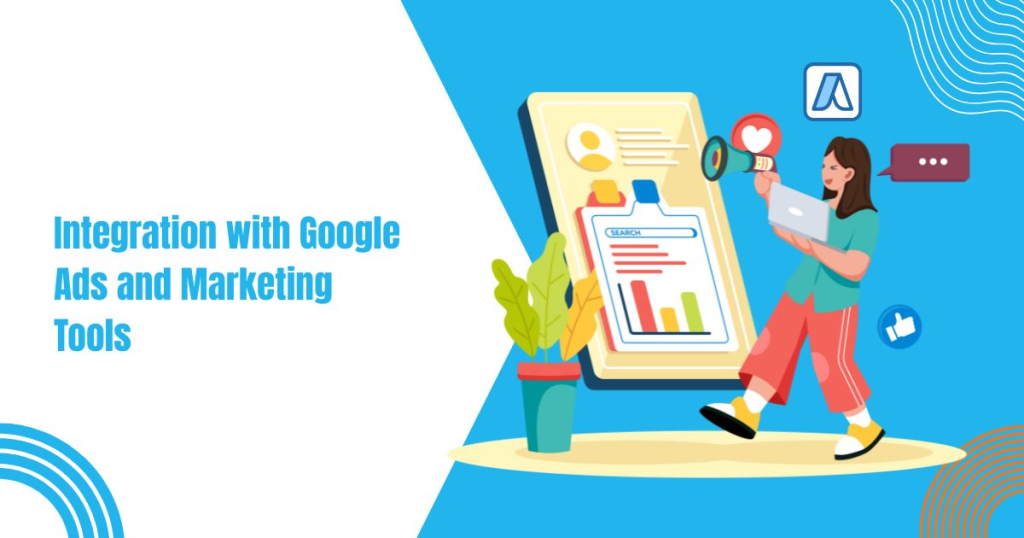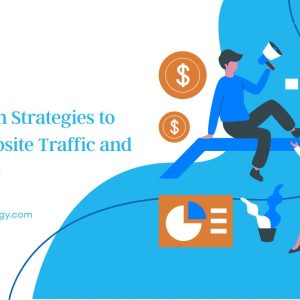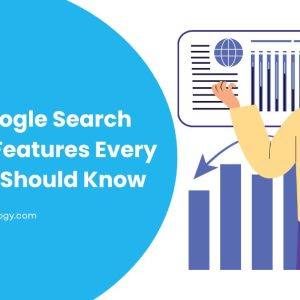Understanding user behavior and website performance are essential for businesses seeking to thrive online. Google Analytics has long been considered the industry standard in web analytics; with the release of GA4 though, marketers, developers, and business owners now face a new era of data measurement. This article delves into some key differences between GA4 and Universal Analytics (UA), as well as why upgrading to GA4 should be prioritized for modern businesses.
What is Universal Analytics (UA)?
Universal Analytics was introduced by Google in 2012 and has become the cornerstone of web analytics since then. Tracking website traffic via sessions and pageviews, it offers insight into user behavior, demographics, acquisition channels and acquisition channels – providing SEO companies and digital marketers with crucial data that they use to optimize campaigns and measure return on investment (ROI).
As digital interactions continue to expand across websites, mobile apps, and other digital platforms–spanning websites, mobile apps and other digital channels–UA’s session-based tracking system has begun displaying its limitations. That’s where GA4 comes in handy.
Introduction to Google Analytics 4 (GA4)
GA4 (Google Analytics 4) was released to the world on October 2020 as Google’s next-generation analytics platform. Unlike Universal Analytics, which utilizes an event-based tracking system for user interactions across devices and platforms, GA4 uses event-based tracking instead for more comprehensive views of user interactions across devices and platforms. GA4 aims to address some of the challenges inherent in modern digital marketing such as cross-platform tracking, privacy regulations and predictive analytics.
GA4 provides deeper insights into user behavior and conversion metrics for businesses such as website design firms in Jaipur or digital marketing agencies offering SEO and web development services.
Key Differences Between GA4 and Universal Analytics
Here’s a breakdown of the differences between GA4 and UA: mes 1 Tracking Model UA employs a session-based model to track user activity within a set timeframe.
GA4 employs an event-based model, recording every user interaction as an event and thus offering more granular insight into user behavior.
Why it matters: Event-based tracking allows Web design company Jaipur and other businesses to understand microconversions, such as clicks, video views or scroll depth, providing a better picture of user engagement.
2. Cross-Platform Tracking

UA: Primarily intended for websites, with additional tools provided for apps (Firebase).
GA4: GA4 provides a centralized platform for websites and mobile apps, allowing seamless tracking across devices.
Impact for Business: Companies offering website design services or running multi-channel digital marketing campaigns can now analyze the complete user journey without switching platforms.
3. Enhanced User Privacy
UA: Relies heavily on cookies, with limited options for controlling data retention.
GA4: Crafted to protect privacy, offering features such as cookieless tracking, data retention controls and consent mode integration.
Why It Matters: With GDPR and CCPA privacy regulations becoming stricter, GA4 helps businesses remain compliant while collecting insightful analytics data.
4. Predictive Metrics and AI Insights
UA: Provides standard reporting without predictive capabilities.
GA4 uses machine learning to predict metrics like churn probability, potential revenue and user lifetime value.
Business Benefit: Marketing agencies such as Jaipur best SEO company in Jaipur can utilize data-driven strategies for making decisions and optimizing campaigns for maximum conversions and return.
5. Reporting Interface
UA provides static reports which are pre-built.
GA4 provides customizable reports and exploration tools, providing more flexibility for detailed analysis.
Example: A website design firm in Jaipur could analyze which pages or design elements drive conversions and identify areas needing improvement.
6. Event Tracking and Goals
UA: Requires manual configuration of events and conversion goals.
GA4: Automatically tracks many events such as page scrolls, outbound clicks and video engagement in less setup steps.
Why it matters: By automating tracking systems, businesses can reduce manual work while freeing Web design company Jaipur teams to focus on optimizing user experiences rather than setting them up.
7. Integration with Google Ads and Marketing Tools

UA: Works seamlessly with Google Ads but provides limited predictive insights.
GA4 provides deeper integration between Google Ads and other marketing platforms, enabling smarter audience targeting and campaign optimization.
Benefit: Marketing teams can now craft more targeted campaigns and more accurately track their effectiveness..
Why Businesses Must Transition to GA4
- Universal Analytics will no longer process new data after July 2023; businesses relying on it may lose out. Transitioning to GA4 should no longer be seen as optional–it should become essential. GA4’s design takes into account an ever-evolving digital landscape.
- Enhance user insights: Gain a comprehensive view of cross-platform behavior and micro-conversions.
- Improved marketing ROI: Predictive metrics enable marketers to more efficiently optimize campaigns.
- Privacy Compliance: GA4 features ensure adherence with global privacy laws.
How GA4 Benefits SEO and Web Design Companies
GA4 can be an invaluable asset to SEO services and web development companies: SEO tracking: Acknowledging which pages drive traffic, conversions, and engagement is a game-changer for both.
UX enhancements: Determine drop-off points and optimize website layouts.
Client Reporting: Deliver more accurate and insightful reports to clients.
Marketing Optimization: Predictive metrics help marketers precisely target the appropriate audience with campaigns.
Agencies such as WITH U Technology have already begun using GA4 to provide actionable insights for their clients in terms of web development, SEO, and marketing strategies.
Getting Started with GA4
Transitioning from Universal Analytics (UA) to GA4 may seem complex, but the steps are straightforward: Set up a GA4 property within your Google Analytics account.
Configure data streams for your website and applications.
Use enhanced measurement capabilities to effectively track important events automatically.
Set conversion goals and connect Google Ads for optimized campaigns.
GA4 provides an intuitive platform for tracking and exploring reports.
At first, it is recommended to run GA4 alongside UA to compare data and ensure tracking accuracy.
Final Thoughts
The transition from Universal Analytics to GA4 marks an essential milestone in digital analytics. Businesses who embrace GA4 can take advantage of its capabilities to gain deeper insights, enhance user experiences, and boost marketing performance – such as Website design companies in Jaipur or best SEO providers Jaipur – which makes adopting GA4 essential to remain ahead in an increasingly competitive digital landscape.
CTA: Don’t delay upgrading to GA4 today and unlock its full potential for website analytics. Partner with WITH U Technology for an effortless transition and actionable insights that fuel business expansion.







